Dukslayr
5 year old buck +
I’ve got a few more implements that I scored along with the new farm. Some of them I think I will keep and put into service and some them I think I’ll find new homes for. Here’s what I scored.
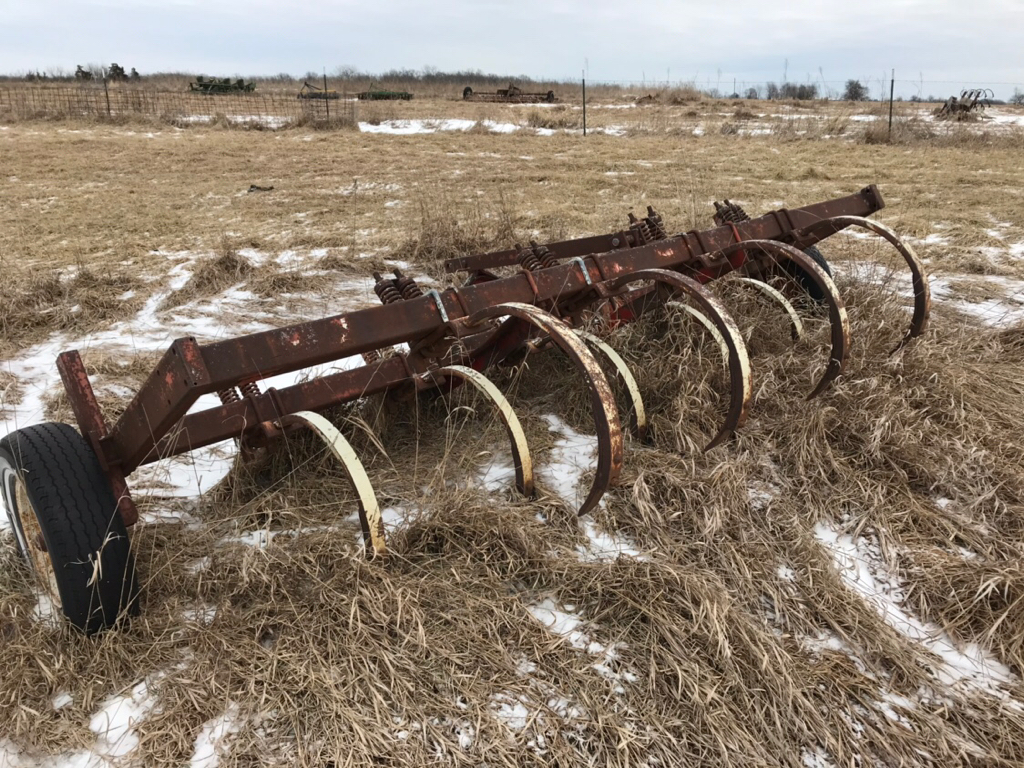
Got this fault heavy older cultivator or ripper (not sure what the exact term is). I will probably hang onto this. Hopefully the new tractor will have enough juice to pull this. I’m guessing this will come in handle my turning over the CRP ground for food plots before I try to convert to no-till.
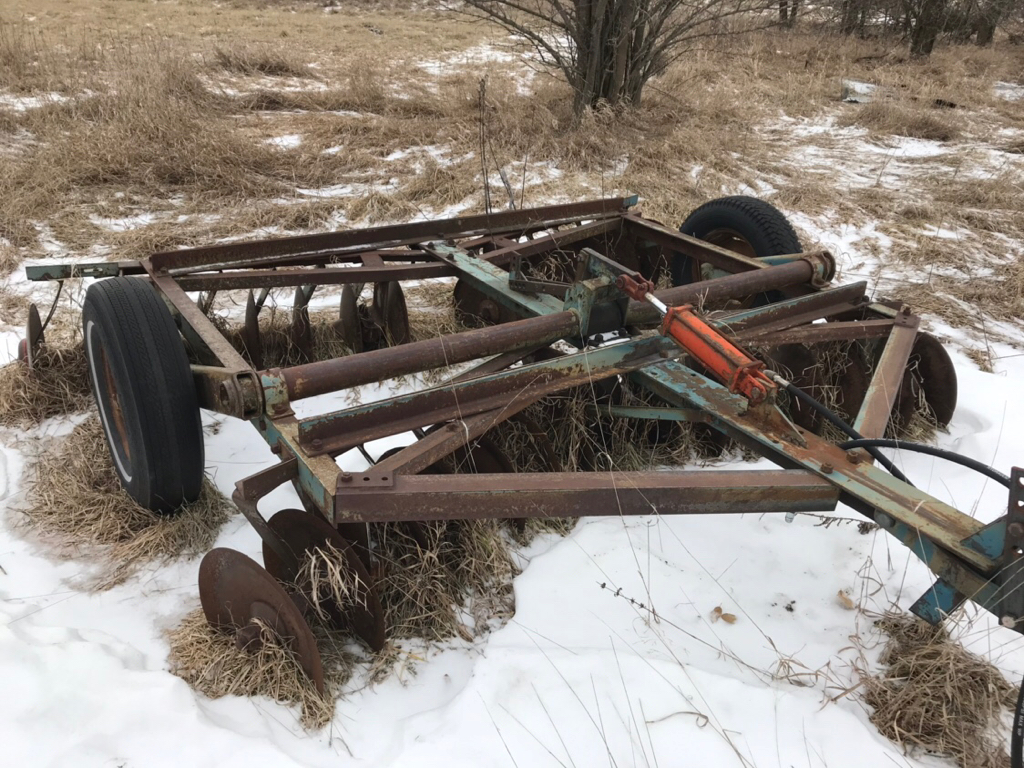
I contacted the previous owner and he said he never used this disc in the 11 years he owned the farm. The cylinder looks in decent shape and like it’s been used in the last 11 years...but this may take a little work to get back into service. I definitely think I’ll hang onto this disc if I can get it working.
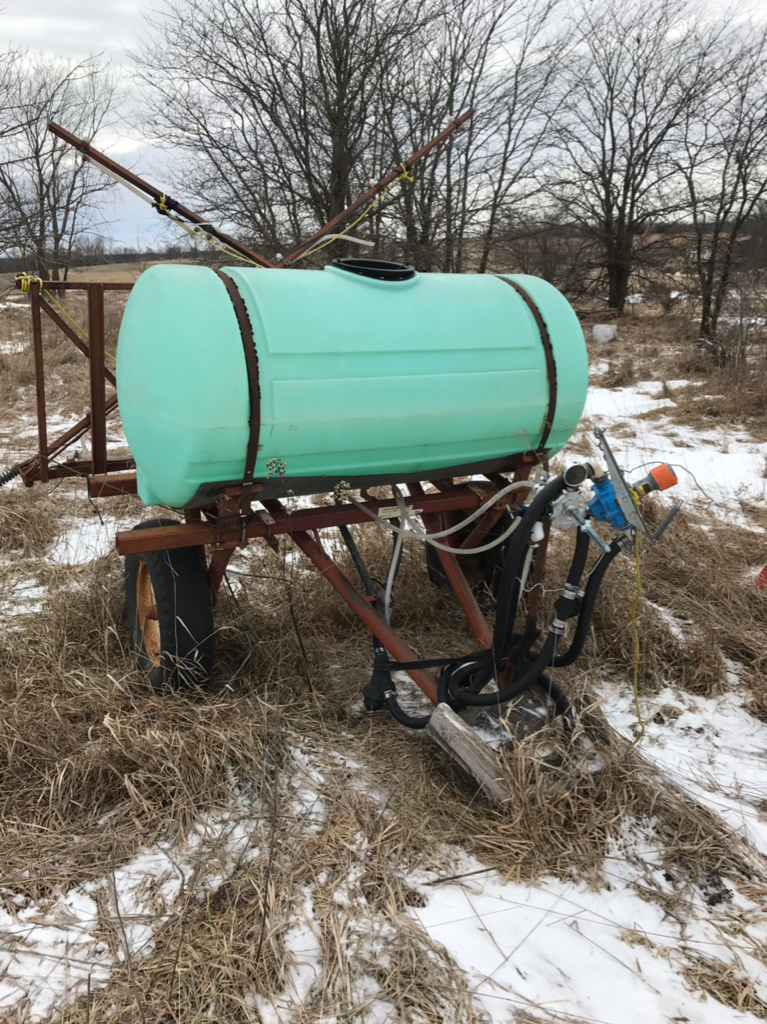
Looks like I’ve got a bit of a home-brew spray rig. Looking over this thing I think I’m going to find a new home for this and start over with a commercially built sprayer. I’ve got a 25 gallon boom sprayer that’ll work for now but would like to upgrade to a 50 gallon. I just don’t want to deal with with someone else’s creative project.
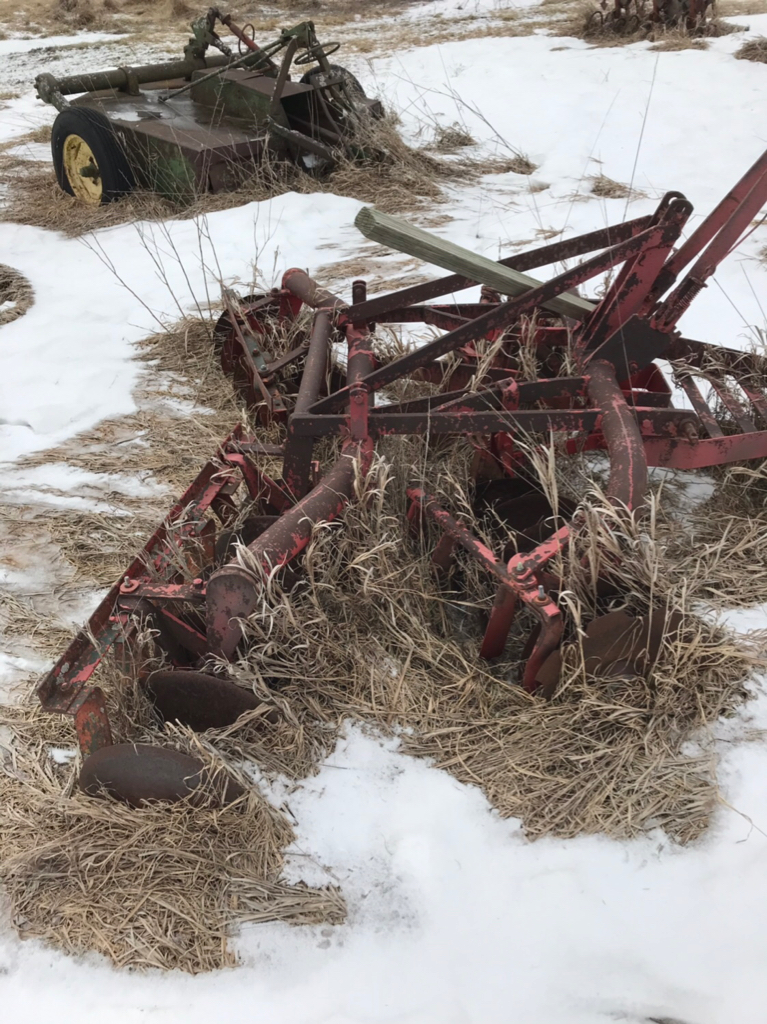
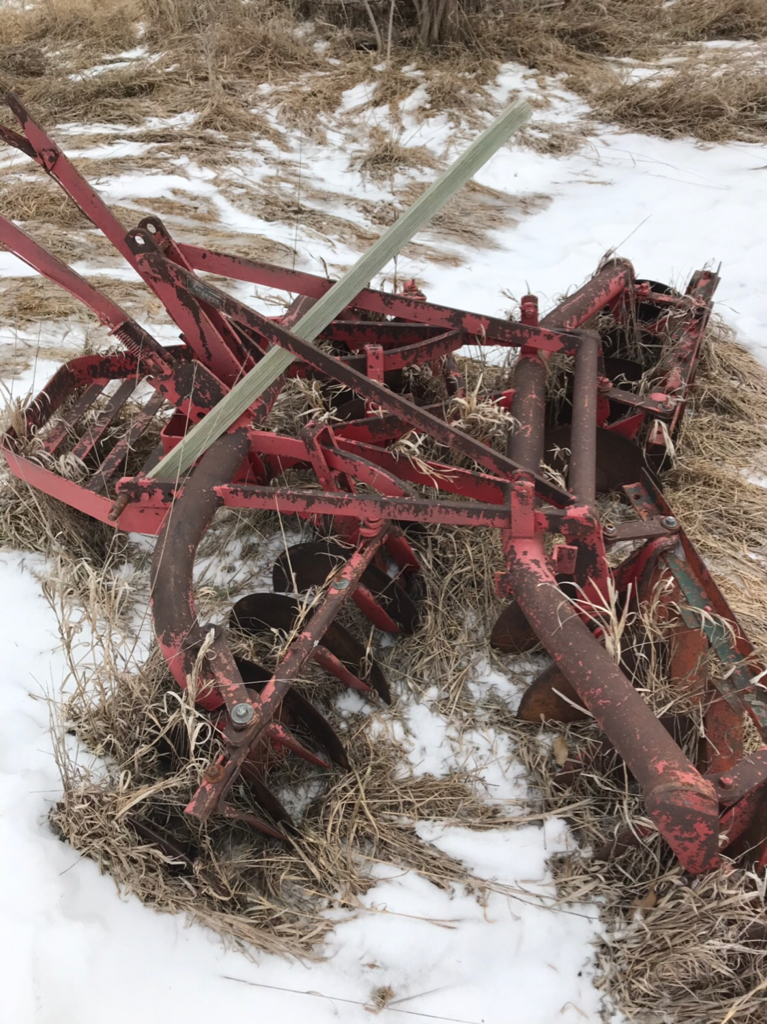
I have no idea what this officially is. It’s definitely some sort of disc but appears to be something special purpose. It’s got some different parts on it than I’m used to seeing. What is this thing?
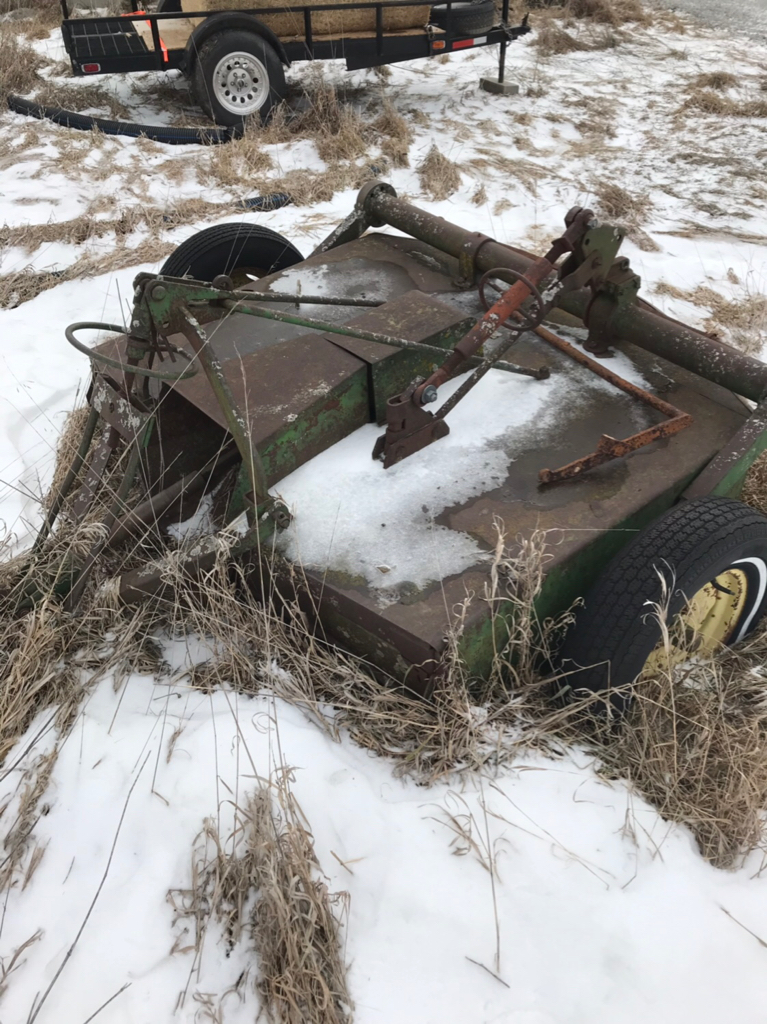

Obviously some sort of brush cutter. Kind of a different looking cutter so not sure if it’s special purpose or not. Not something I will be hanging onto though. Looks like it hasn’t been used in a while...

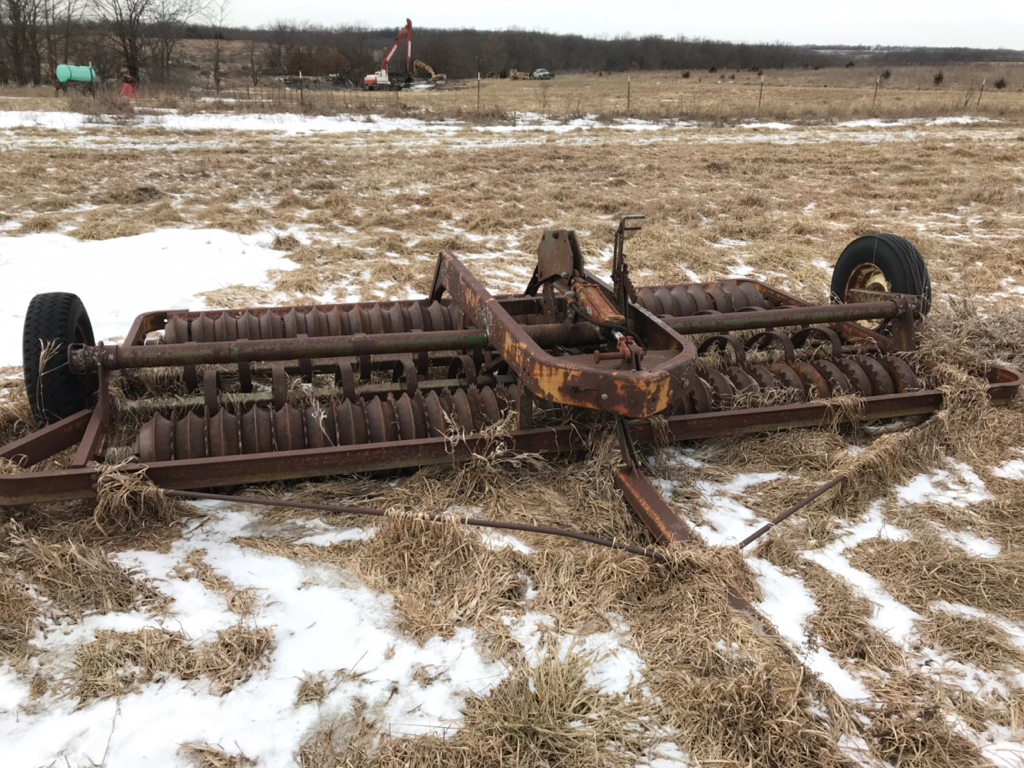
This might be the best score I got. I will definitely be putting this old dog back into service. I’ve always wanted a good cultipacker and looks like I’ve got one now...albeit an old school unit. Looks heavy as hell thats for sure.
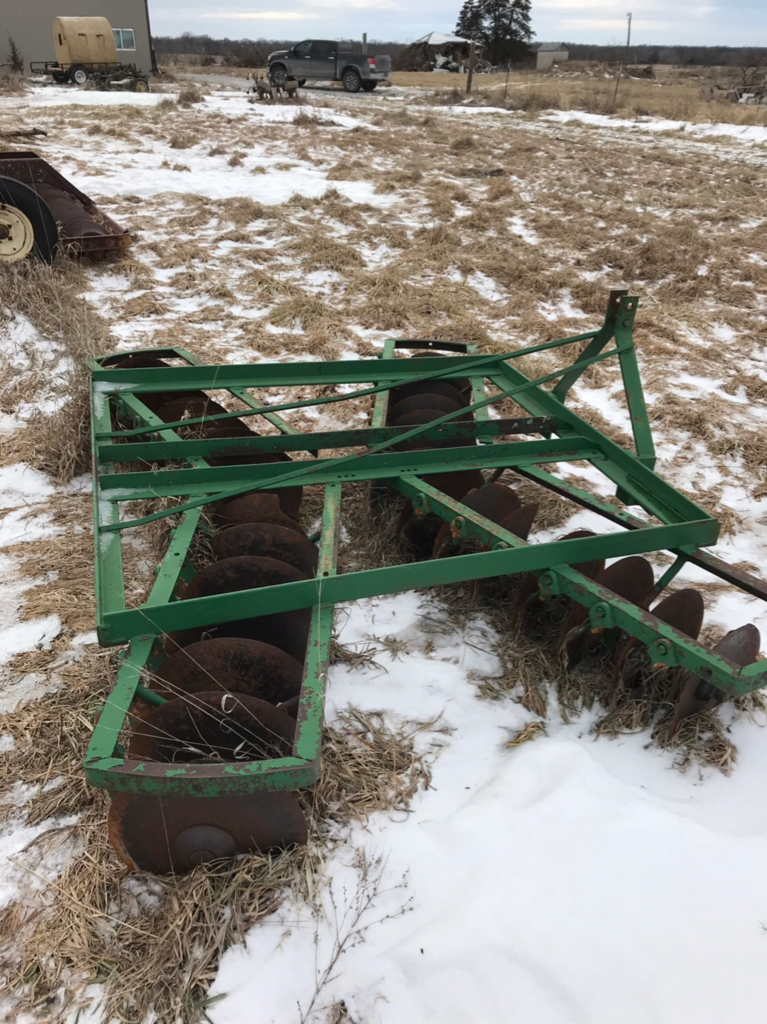
Just a standard disc. I think this is the one the previous owner used for his smaller plots. I am assuming I’ll predominately use the hydraulic disc if I can get it up and running...but may hang onto this one for a year or two to see if I ever need it. I doubt it will get much use since I should be able to get the tractor and pull disc into most all of my plots.
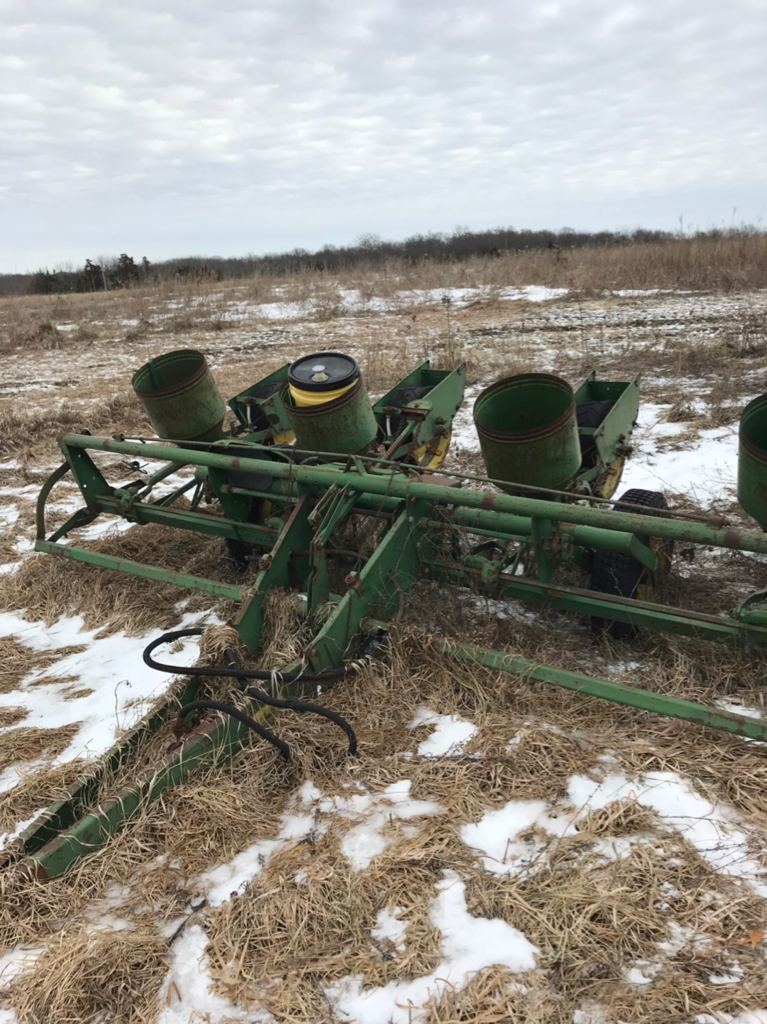
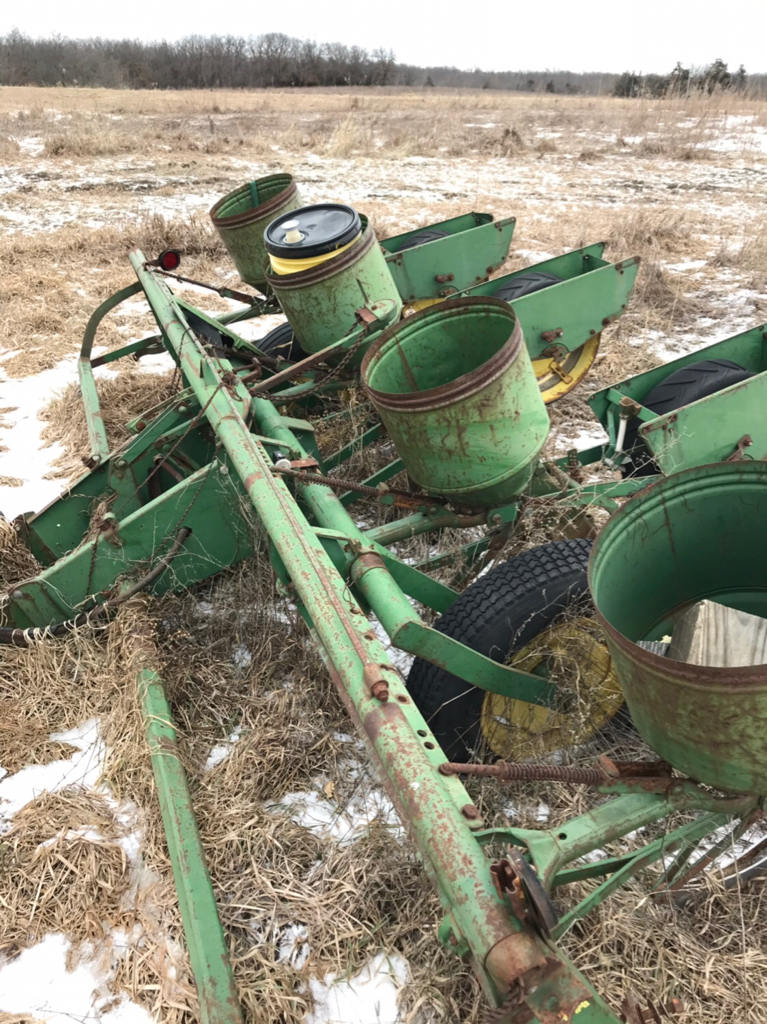
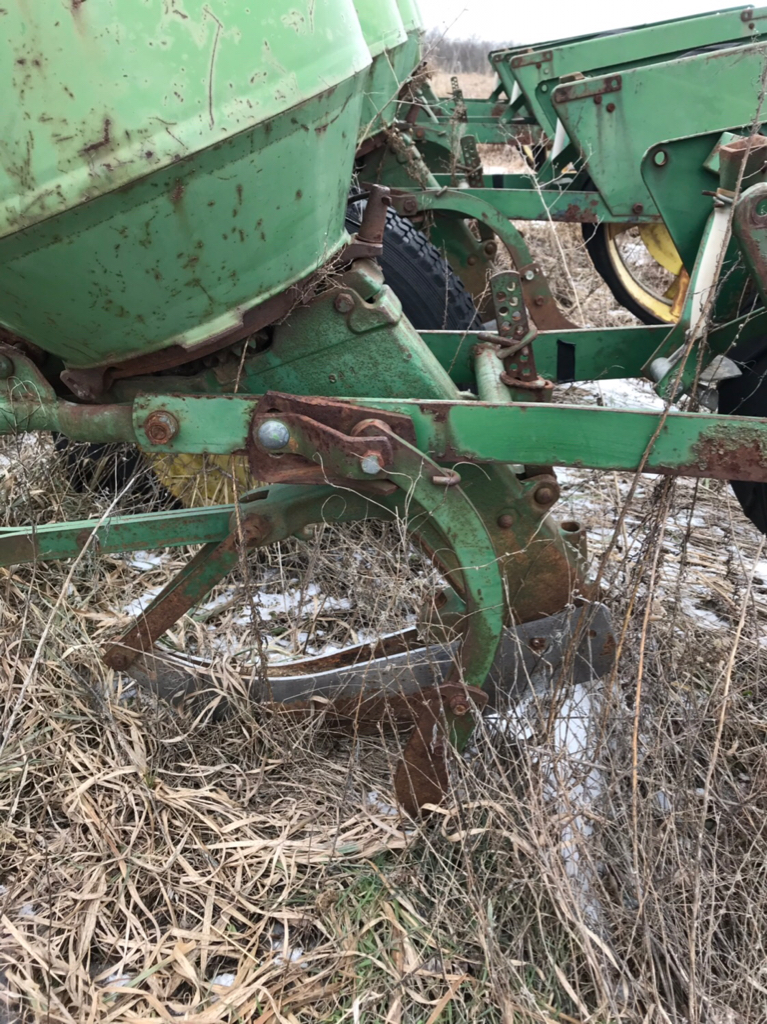
Scored this old JD planter was well. I don’t know much about it other than the previous owner never used it and it looks like it probably needs some work. I will probably see what I can get for this locally in and effort to step up to a little heavier planter set up for no till (probably the on from KS Farms Mfg that I posted previously). Anyone know what model this planter is and roughly what an old unit that needs work would be worth to someone who rebuilds these things?
Got a number or other small old implements included with the farm. I doubt there much actual value in most of this stuff (outside the cultipacker and ripper) but thought I would share here in case there’s something I’m missing on any of these old implements.
Thomas
Sent from my iPhone using Tapatalk

Got this fault heavy older cultivator or ripper (not sure what the exact term is). I will probably hang onto this. Hopefully the new tractor will have enough juice to pull this. I’m guessing this will come in handle my turning over the CRP ground for food plots before I try to convert to no-till.

I contacted the previous owner and he said he never used this disc in the 11 years he owned the farm. The cylinder looks in decent shape and like it’s been used in the last 11 years...but this may take a little work to get back into service. I definitely think I’ll hang onto this disc if I can get it working.

Looks like I’ve got a bit of a home-brew spray rig. Looking over this thing I think I’m going to find a new home for this and start over with a commercially built sprayer. I’ve got a 25 gallon boom sprayer that’ll work for now but would like to upgrade to a 50 gallon. I just don’t want to deal with with someone else’s creative project.


I have no idea what this officially is. It’s definitely some sort of disc but appears to be something special purpose. It’s got some different parts on it than I’m used to seeing. What is this thing?


Obviously some sort of brush cutter. Kind of a different looking cutter so not sure if it’s special purpose or not. Not something I will be hanging onto though. Looks like it hasn’t been used in a while...


This might be the best score I got. I will definitely be putting this old dog back into service. I’ve always wanted a good cultipacker and looks like I’ve got one now...albeit an old school unit. Looks heavy as hell thats for sure.

Just a standard disc. I think this is the one the previous owner used for his smaller plots. I am assuming I’ll predominately use the hydraulic disc if I can get it up and running...but may hang onto this one for a year or two to see if I ever need it. I doubt it will get much use since I should be able to get the tractor and pull disc into most all of my plots.



Scored this old JD planter was well. I don’t know much about it other than the previous owner never used it and it looks like it probably needs some work. I will probably see what I can get for this locally in and effort to step up to a little heavier planter set up for no till (probably the on from KS Farms Mfg that I posted previously). Anyone know what model this planter is and roughly what an old unit that needs work would be worth to someone who rebuilds these things?
Got a number or other small old implements included with the farm. I doubt there much actual value in most of this stuff (outside the cultipacker and ripper) but thought I would share here in case there’s something I’m missing on any of these old implements.
Thomas
Sent from my iPhone using Tapatalk
Last edited:
